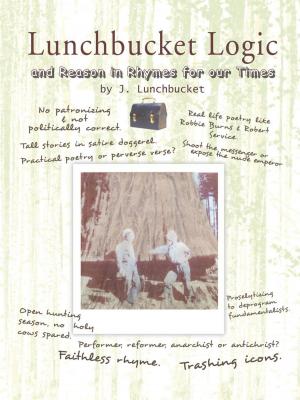| Author: | Lloyd Harnishfeger | ISBN: | 9781466973152 |
| Publisher: | Trafford Publishing | Publication: | February 8, 2013 |
| Imprint: | Trafford Publishing | Language: | English |
| Author: | Lloyd Harnishfeger |
| ISBN: | 9781466973152 |
| Publisher: | Trafford Publishing |
| Publication: | February 8, 2013 |
| Imprint: | Trafford Publishing |
| Language: | English |
There really was a Great Black Swamp, although nearly all vestiges of it have long since disappeared. Thousands of years ago, the last great glacier, grinding its way southward, finally stopped and began to recede. Earth and gravel pushed before it resulting in uneven ridges called kames. Generally lying in an east/west direction, they interrupted the natural drainage of the area. The swamp was the result. Comprised of an elongated triangle, the swamp was roughly bounded on the south by a line from Sandusky, Ohio, to Fort Wayne, Indiana, and the north by the Ohio-Michigan border. It was an area of forests, reeds, pools, and sandy ridges, which provided excellent habitat for a variety of creatures. There were deer, bear, elk, bobcat, lynx, wolves, as well as even a few forest buffalo. Smaller animals, such as rabbits, beaver, snakes, coyotes, and foxes, populated the area in great numbers. Birds of every type abounded, as did biting flies and mosquitoes. Perhaps the most spectacular dwellers of the Great Black Swamp were the gigantic and dangerous cousins of the elephant, the mastodon. That they were really living in that swampy environment cannot be contested as more than four hundred of their massive skeletons have been unearthed throughout Ohio. In a few cases, Paleo Indian artifacts have been discovered in association with the remains, proving that toward the end of the last ice age, early man successfully hunted them. During the westward movement following the revolution, the area was almost impassable. So bad were travel conditions at that time that a border war over a proposed boundary line between Michigan and Ohio never came about, partly because it was impossible for the Ohio militia to move its ordnance northward through the swamp! In the early eighteen hundreds, after some of the most grueling labor imaginable, much of the Great Black Swamp was effectively drained, resulting in some of the most productive agricultural acreage in the Midwest.
There really was a Great Black Swamp, although nearly all vestiges of it have long since disappeared. Thousands of years ago, the last great glacier, grinding its way southward, finally stopped and began to recede. Earth and gravel pushed before it resulting in uneven ridges called kames. Generally lying in an east/west direction, they interrupted the natural drainage of the area. The swamp was the result. Comprised of an elongated triangle, the swamp was roughly bounded on the south by a line from Sandusky, Ohio, to Fort Wayne, Indiana, and the north by the Ohio-Michigan border. It was an area of forests, reeds, pools, and sandy ridges, which provided excellent habitat for a variety of creatures. There were deer, bear, elk, bobcat, lynx, wolves, as well as even a few forest buffalo. Smaller animals, such as rabbits, beaver, snakes, coyotes, and foxes, populated the area in great numbers. Birds of every type abounded, as did biting flies and mosquitoes. Perhaps the most spectacular dwellers of the Great Black Swamp were the gigantic and dangerous cousins of the elephant, the mastodon. That they were really living in that swampy environment cannot be contested as more than four hundred of their massive skeletons have been unearthed throughout Ohio. In a few cases, Paleo Indian artifacts have been discovered in association with the remains, proving that toward the end of the last ice age, early man successfully hunted them. During the westward movement following the revolution, the area was almost impassable. So bad were travel conditions at that time that a border war over a proposed boundary line between Michigan and Ohio never came about, partly because it was impossible for the Ohio militia to move its ordnance northward through the swamp! In the early eighteen hundreds, after some of the most grueling labor imaginable, much of the Great Black Swamp was effectively drained, resulting in some of the most productive agricultural acreage in the Midwest.















